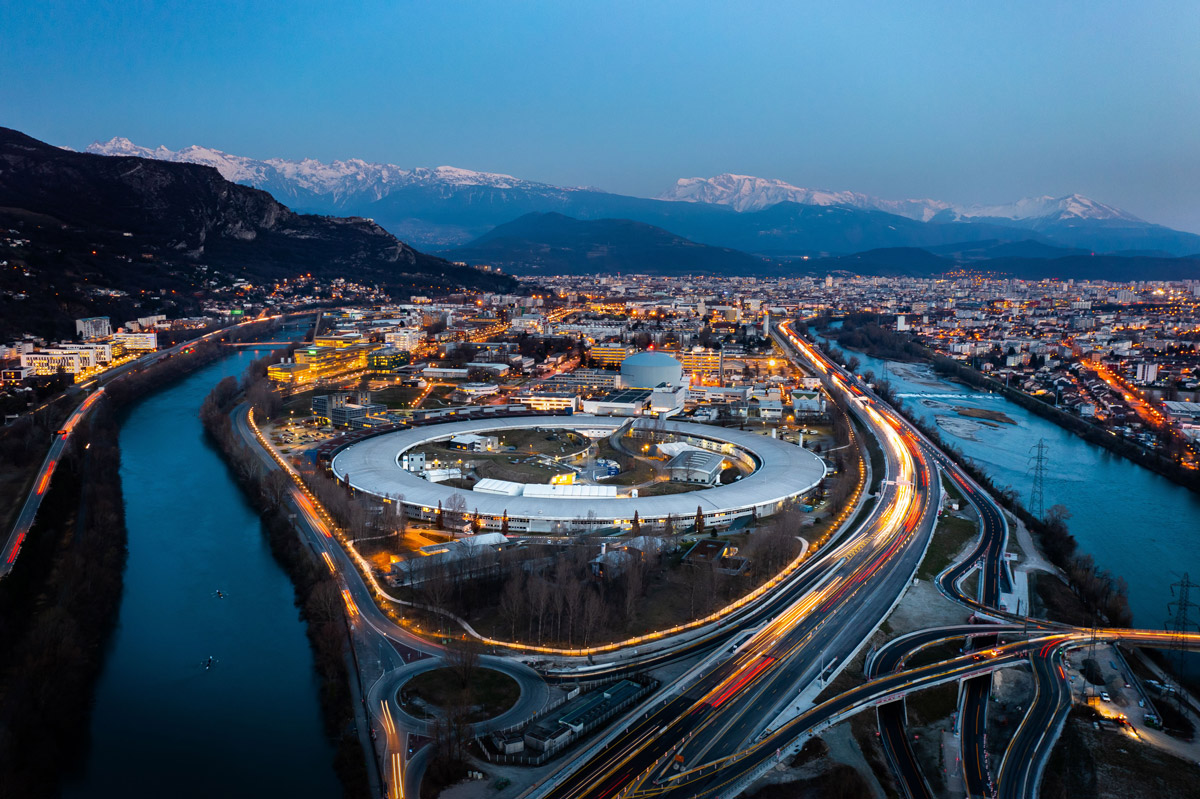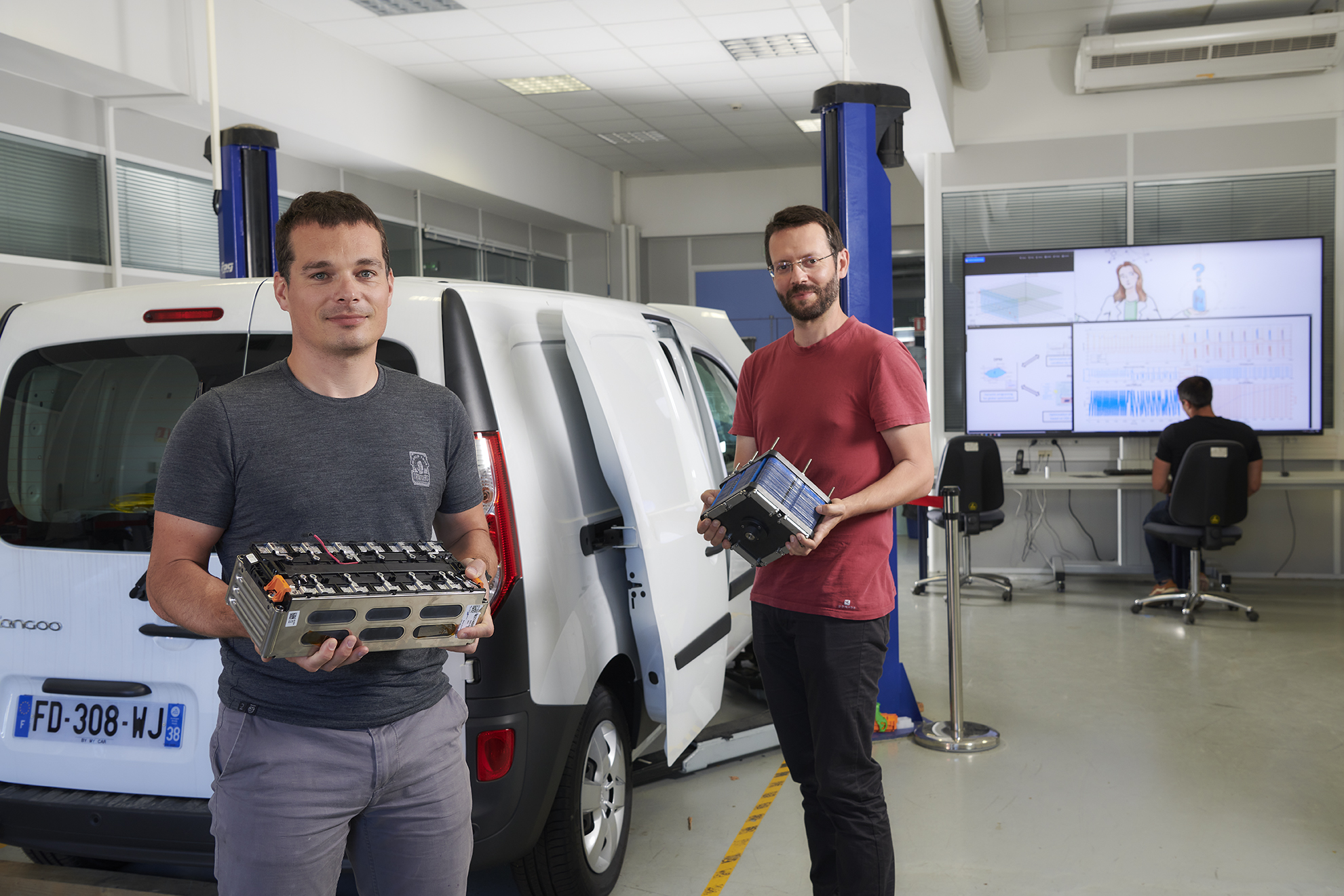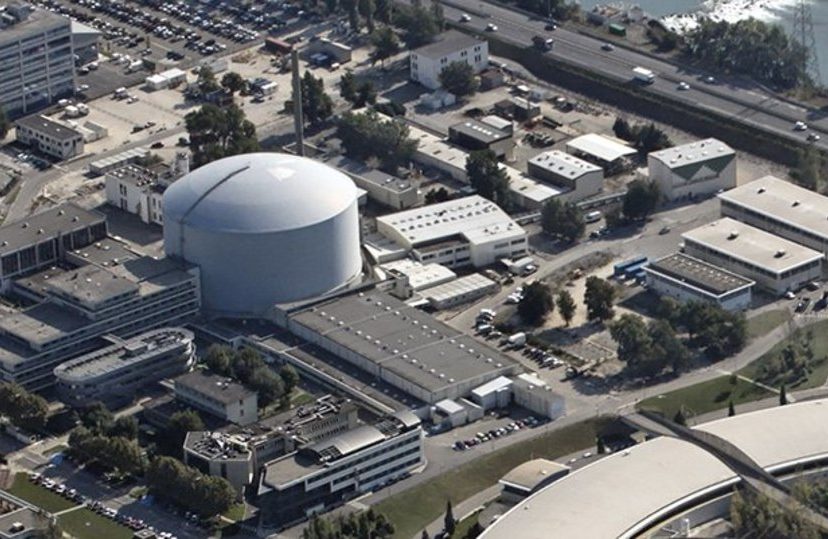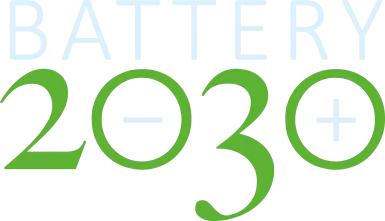Lab tours
On Monday, May 27th and Wednesday, May 29th at 4:30H – 5:30H CET participants will have the opportunity to visit CEA labs covering Batteries, Nanocaracterisation and Modeling and Integration for Mobility as well as the European Synchrotron (ESRF) and the Institut Laue Langevin.
Please note that the registration of the lab tours will be managed through the conference registration link.
As there are limited spots for the lab tours, please make sure that you are able to arrange your trip accordingly before you register. Registration will be managed on a first come, first served basis. Once the spots are full, we’ll open a waiting list. Therefore, in case of last minute cancellation, we kindly ask you to inform us so that your spot could be offered to someone else from the waiting list.
Register for the lab tours via the conference link HERE.
The European Synchrotron
Synchrotrons provide with unique techniques for learning about the structure and behaviour of matter at the molecular and atomic level.
The ESRF, aring-shaped synchrotron, 844 meters around, generates x-ray beams 10 trillion times brighter than medical x-rays. With ESRF-EBS (the Extremely Brilliant source), the first fourth-generation high-energy synchrotron, the ESRF opens new vistas for X-ray science.
Find out more here.


Modeling and Integration for Mobility Platform (CEA)
The platform integrates battery or fuel cell prototypes developed by CEA-Liten into land, air and sea vehicles. The prototypes are tested in real conditions or through virtual testing facilities, with the aim of dimensioning and optimizing energy management according to the conditions of use. It also develops multi-physical and multi-scale simulation models and tools dedicated to the description of Li-ion batteries, fuel cells and Proton Exchange Membrane electrolyzers.
Find out more here.
Batteries Platform (CEA)
The Battery platform designs the accumulators and battery systems of current and future generations. Its activities cover the synthesis of materials and their implementation in components, the assembly of packs and system integration, right through to testing. It targets applications in the fields of transport, but also stationary. With its concentration of resources and pre-industrial equipment, the platform is a unique R&D tool in Europe for industrial collaborations.
Find out more here.


Nanocharacterisation Platform (CEA)
This unique platform, shared by three CEA institutes (Liten, Leti and IRIG), includes some 50 advanced characterization facilities. Organized as a center of expertise (sample preparation, scanning and transmission electron microscopy, X-rays, molecular spectroscopy, surface analysis and ion beam analysis), it is designed to support CEA’s research programs through the study of materials, at the core or at the level of surfaces and interfaces.
Find out more here.
Institut Laue-Langevin – ILL
The Institut Laue-Langevin is an international research centre at the leading edge of neutron science and technology. As the world’s flagship centre for neutron science, the ILL provides scientists with a very high flux of neutrons feeding some 40 state-of-the-art instruments, which are constantly being developed and upgraded. Whilst some are working on battery design, fuels and catalysts, plastics and pharmaceuticals, others are looking at biological processes at cellular and molecular level. Still others may be elucidating the physics that could contribute to the electronic devices of the future. ILL can
specially tailor its neutron beams to probe the fundamental processes that help to explain how our universe came into being, why it looks the way it does today and how it can sustain life.
Find out more here.

